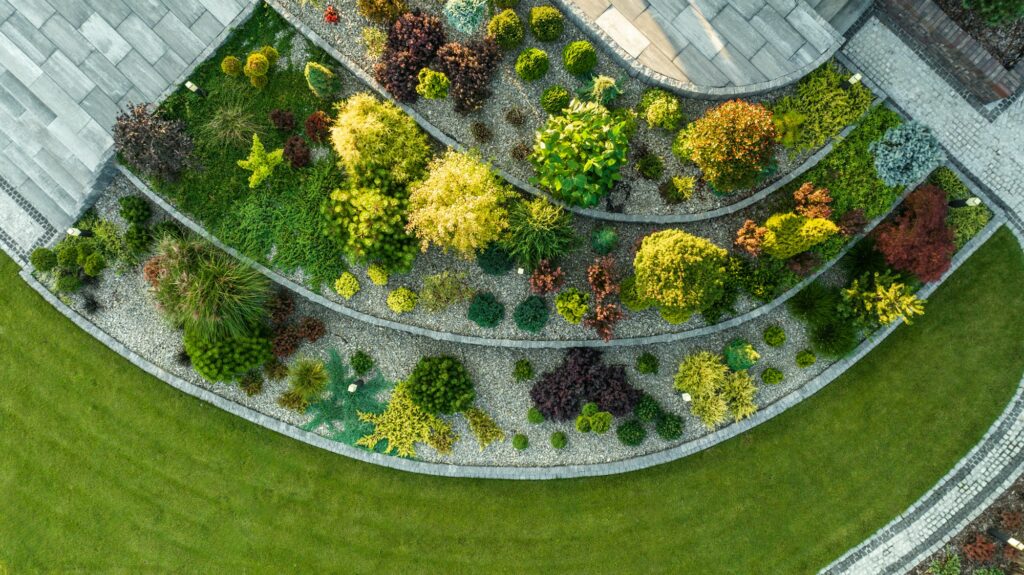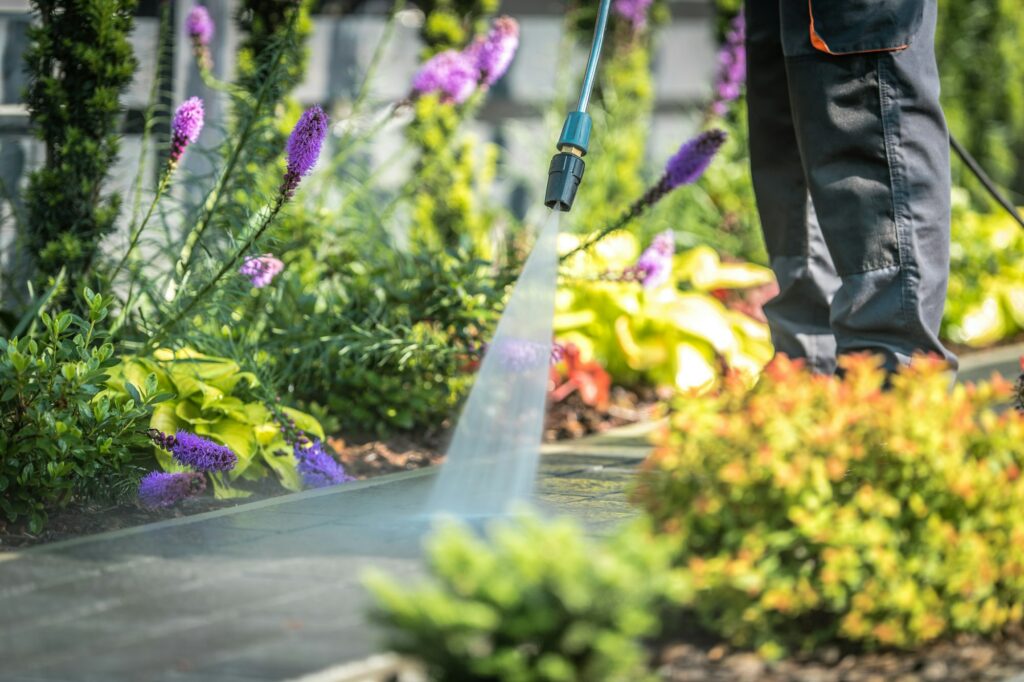Not all plants thrive in every environment. Learn how to select the perfect plants for your climate, soil type, and landscaping goals.
1. Assess Your Climate
The first step is understanding your local climate and weather conditions. Plants suited to your region will thrive with less effort, water, and care. Check your USDA Plant Hardiness Zone or similar regional guides to identify plants that can tolerate your area’s temperatures, rainfall, and humidity.
2. Understand Your Soil
Test your soil to determine its type (sandy, clay, loamy), pH level, and nutrient content. Certain plants thrive in specific soil types, so knowing your soil will help you select plants that will grow well. If needed, amend the soil with compost or fertilizers to meet your plant requirements.
3. Evaluate Sunlight and Shade
Analyze how much sunlight your landscape receives throughout the day. Some plants require full sun, while others prefer partial shade or full shade. Observe the light conditions in different areas of your yard and choose plants accordingly.
4. Consider Water Requirements
Opt for plants with water needs that align with your irrigation practices. Drought-tolerant plants are ideal for water-scarce areas, while moisture-loving plants work well in wetter regions. Group plants with similar water needs together to conserve resources and simplify care.
5. Focus on Functionality
Think about the purpose of your plants in the landscape:
- Privacy: Use hedges or tall shrubs to create natural screens.
- Erosion Control: Select ground covers or deep-rooted plants to stabilize slopes.
- Shade: Plant large trees to provide natural shade for seating areas or patios.
- Aesthetics: Choose colorful flowers or ornamental grasses to enhance curb appeal.
6. Incorporate Native Plants
Native plants are well-adapted to local conditions, requiring less maintenance, water, and fertilizers. They also support local ecosystems, providing food and shelter for pollinators like bees and butterflies.
7. Prioritize Seasonal Interest
Plan for year-round beauty by including plants that bloom in different seasons. Combine evergreen trees and shrubs with perennials and annuals to ensure your landscape remains vibrant throughout the year.
9. Plan for Growth
Consider the mature size of plants, including their height and spread. Avoid overcrowding by spacing plants based on their growth habits, and ensure that larger trees won’t interfere with utility lines or overshadow smaller plants.
Conclusion
Choosing the right plants for your landscape is a thoughtful process that involves understanding your environment, designing with purpose, and balancing aesthetics with functionality. By considering climate, soil, water, and maintenance needs, you can create a stunning and sustainable outdoor space that thrives for years to come.




